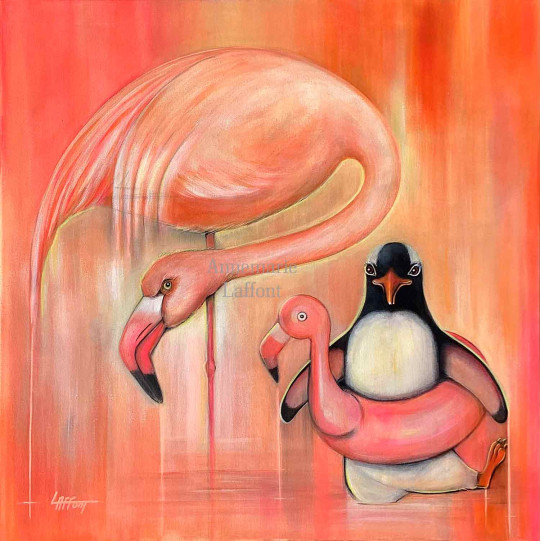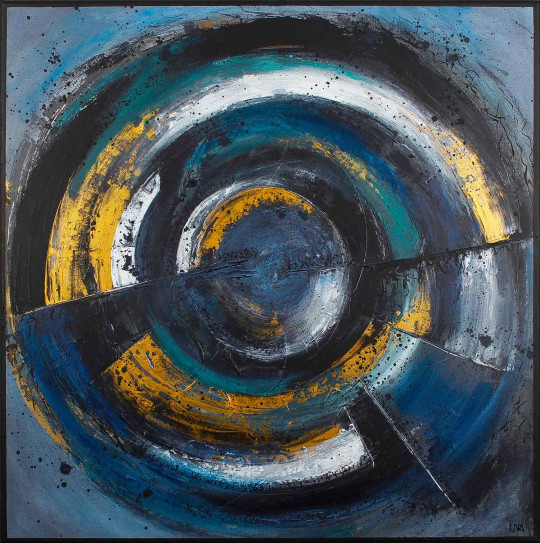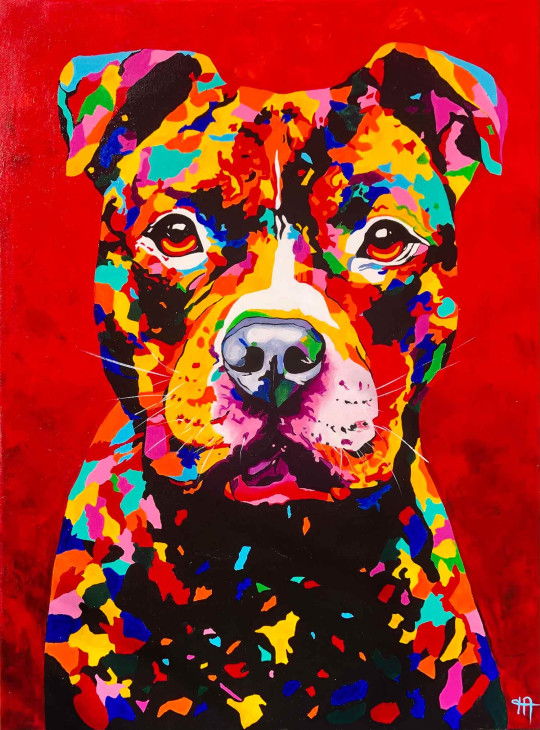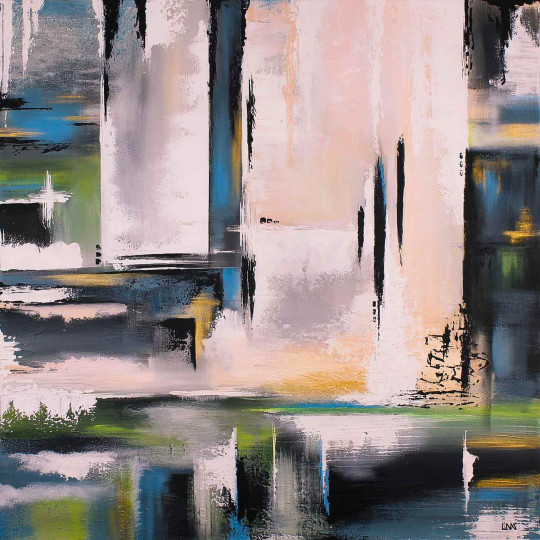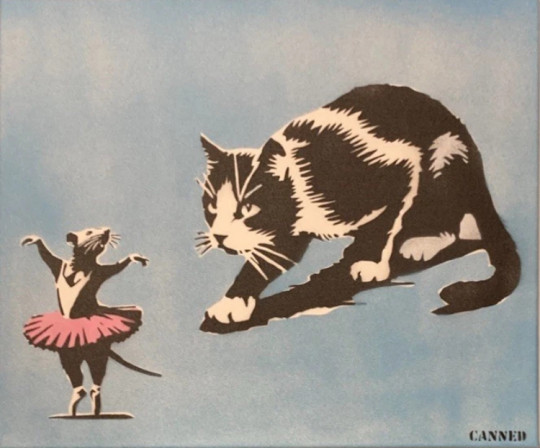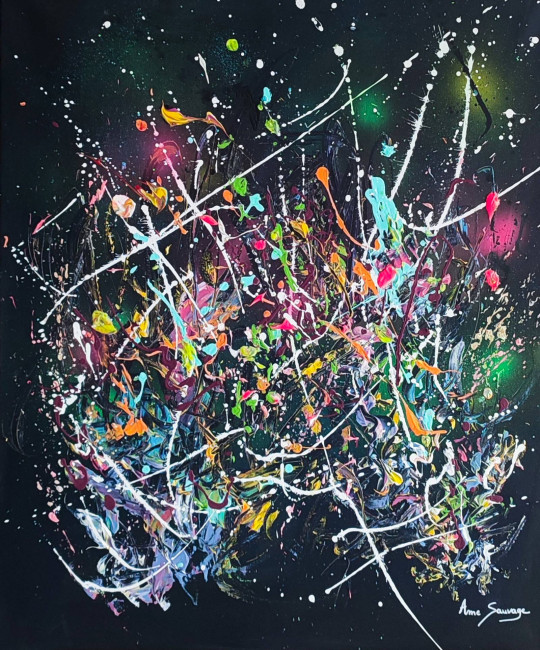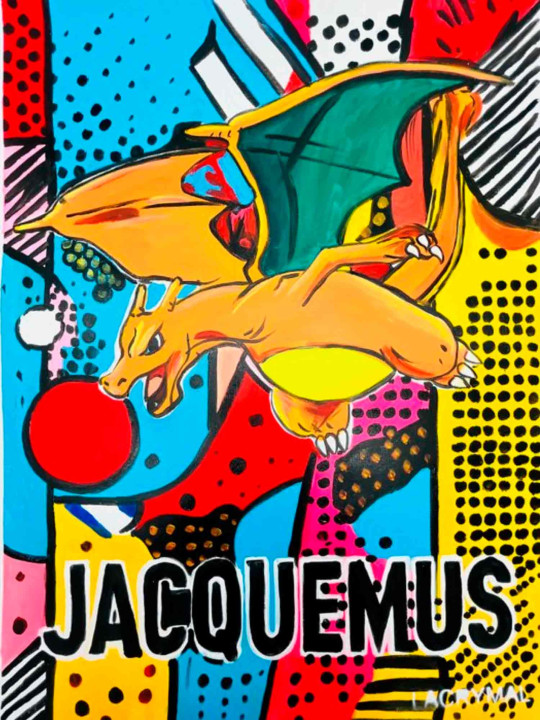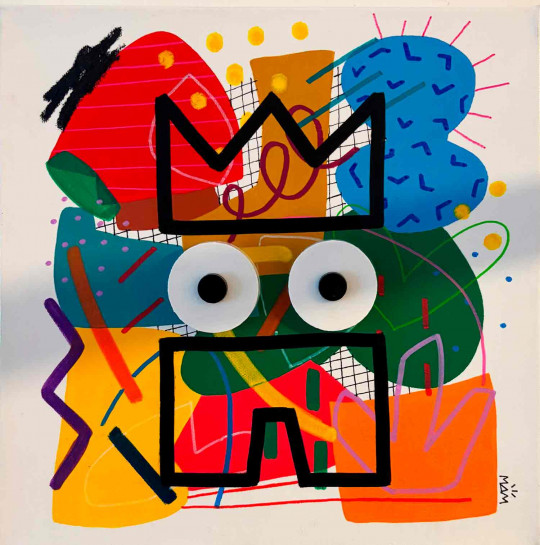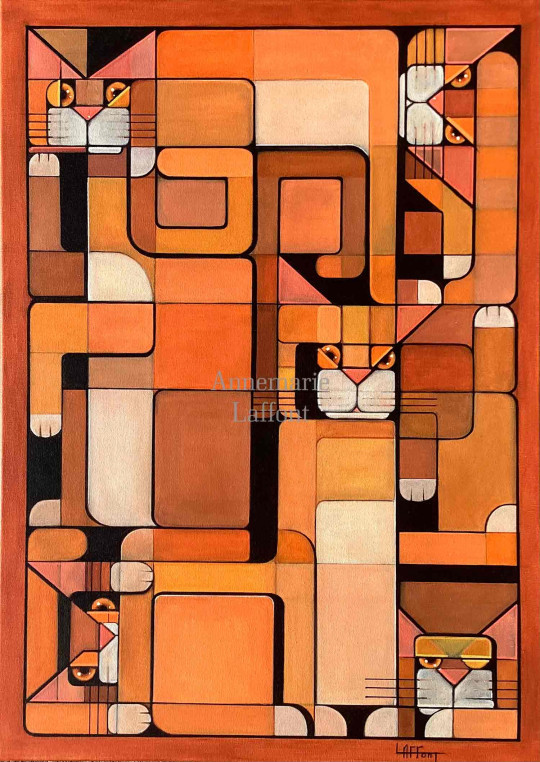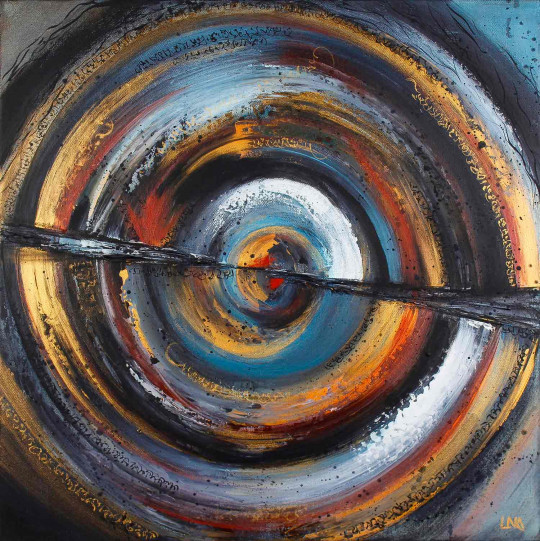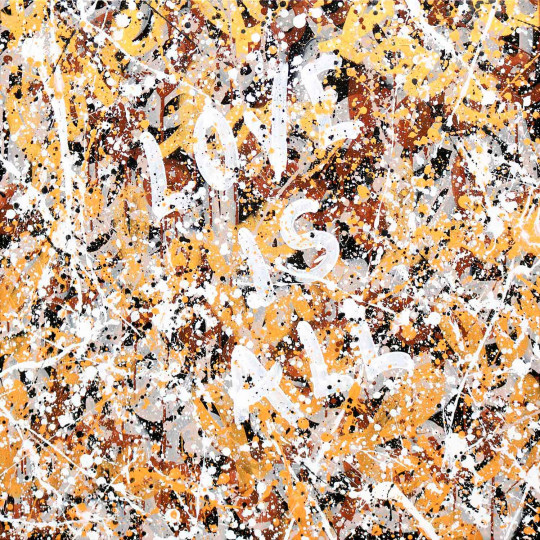At first used in the field of building works in the years 1955-1960, the acrylic paint was commercialised for artists in the US in 1958 and in Europe from 1960s.
The acrylic paint consists of color pigments emulsified in water and synthetic resins, more adhering less sensitive than natural resins. Thus, the resin establishes binder, and water the thinner allowing to spread colors on the support. Most of the acrylic colors used by artists are based on polyacrylates and polyméthacrylates. As for the used pigments, they are of organic or synthetic origin. Acrylic can appear as dough in tube but cannot be directly used, it must be diluted with some water. The advantages of this technique are multiple, it allows fast work, dries quickly, the pictorial layer remains coherent and soft (it adapts itself to the distortions of the support) which is not allowed with oil paint. Acrylic also establishes a waterproof film, insensible to light, resisting humidity, not turning yellow and does not break. Other advantage, it can be used on a large number of supports (canvas, paper, wood, fabric...). The first experiments are attributed cerca 1960 to American artists, Morris Louis, Sam Francis or Frank Stella.
In France, we shall await 1960-1965 for the acrylic to be used, thanks to Peter Saul (American painter who lived in France for a long time) then Rancillac and Télémaque. Later, the artist Henri Michaux will use acrylic directly brought out of tubes on paper. Jean Messager used in parallel of acrylic some oil paint, just like Martin Barré in the years 1972-1973. Then in the 80s, with the artists of the free Representation (Combas, Di Rosa), or still Gérard Garouste and Jean Michel Alberola. The contemporary artists use this technique in parallel with other techniques " mixed techniques " to benefit from the advantages of each one.
 English
English Français
Français
